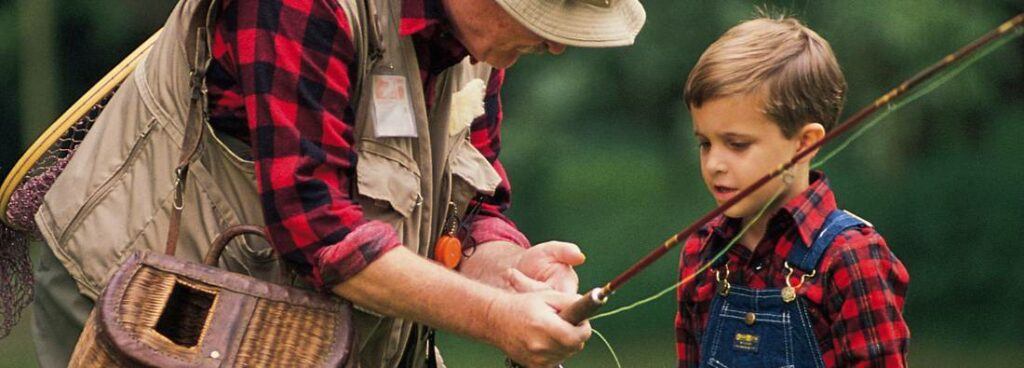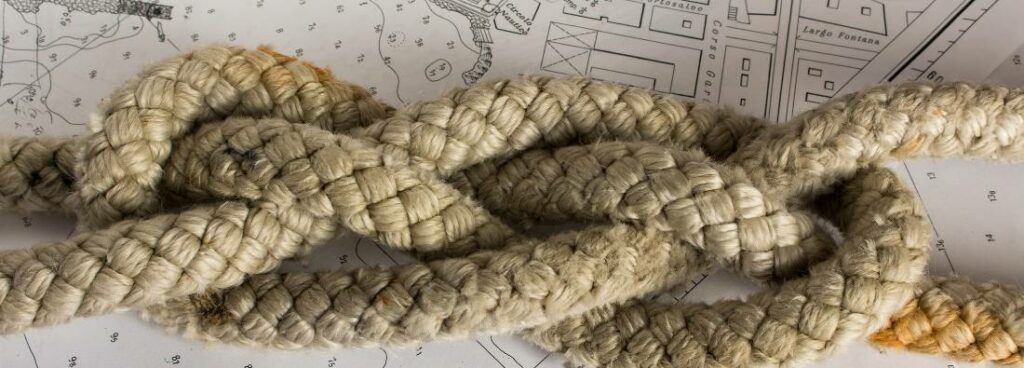Stories Worth Reeling In...
Last Updated on September 19, 2023
Embarking on the captivating journey of fly fishing offers many benefits, from the serene immersion in nature to the satisfaction of mastering a skillful art.
As a beginner, you must familiarize yourself with crucial terminology and assemble a well-rounded kit tailored to your needs.
By carefully selecting a fly rod, reel, line, backing, an assortment of flies, and indispensable accessories, you’ll be ready to dive into the world of fly fishing.
Equip yourself with fundamental casting and knot-tying techniques, and prepare to experience the joys and challenges of this unique angling adventure.
Embrace the learning process, and watch as your passion for fly fishing takes flight.
Table of Contents
Fly fishing is a unique and rewarding form of angling that offers numerous benefits. The serenity and tranquility of nature provide a meditative escape from the hustle and bustle of daily life.
The skill and finesse required in fly fishing also promote personal growth and a sense of accomplishment. Additionally, fly fishing targets diverse fish species, enhancing your overall angling experience.

Before diving into the world of fly fishing, familiarize yourself with some common terms:
The fly rod is the most critical piece of equipment in your fly fishing kit. Selecting the appropriate fly rod depends on your target fish species, fishing location, and personal preferences.
Beginners should start with a medium-action, 9-foot rod for versatility and ease of learning. Choose a rod weighing between 4 and 6, suitable for various freshwater fish species, such as trout and bass.
The fly reel holds the fly line and backing, balancing the rod and providing a drag system for fighting fish. Ensure the reel matches your rod’s weight for optimal performance. A quality reel with a smooth drag system is crucial for preventing line breaks and landing fish.
The fly line is the thick, weighted line that propels the fly during casting. Choose a weight-forward fly line that corresponds to your rod’s weight. Backing, a thin braided line, connects the fly line to the reel, providing extra length for fighting fish.
A beginner’s fly assortment should include a variety of dry flies, nymphs, and streamers to cover different fishing situations. Consult local fly shops or online forums for recommendations tailored to your target species and location.
Equip your kit with essential accessories, including:
Once you’ve acquired all the necessary gear, assemble your fly fishing kit by following these steps:
Mastering the art of casting is vital for a successful fly fishing experience. Casting lessons or instructional videos can provide valuable guidance and feedback. Practice the basic overhead cast and roll cast techniques to improve accuracy and versatility.

Fly fishing requires the use of several knots to secure lines and flies. Familiarize yourself with essential knots like the clinch knot, improved clinch knot, surgeon’s knot, blood knot, and nail knot. Regular practice will help develop muscle memory and ensure reliable connections.
A medium-action, a 9-foot fly rod with a weight between 4 and 6 is ideal for beginners, offering versatility and ease of learning.
Yes, choose a fly reel that matches your rod’s weight for optimal balance and performance.
Include a variety of dry flies, nymphs, and streamers in your kit to cover different fishing situations.
Casting lessons, instructional videos, and online forums are valuable resources for learning and improving your casting skills.
Regularly practicing essential knots, such as the clinch knot, improved clinch knot, surgeon’s knot, blood knot, and nail knot, will help develop muscle memory and ensure reliable connections.
A beginner fly fishing setup can cost anywhere from $150 to $400, depending on the quality of the equipment and accessories. This includes a basic fly rod and reel combo, fly line, backing, leader, tippet, flies, and essential tools. Keep in mind that higher-quality gear may lead to a more enjoyable and successful fly fishing experience, but it’s possible to start with a budget-friendly setup and upgrade components over time as your skills and interests develop.
Embarking on your fly fishing journey is an exciting and fulfilling adventure. By assembling a comprehensive beginner’s kit and familiarizing yourself with essential techniques, you’ll be well-equipped to enjoy the beauty and challenge of this unique angling experience.
Remember, practice makes perfect, so be patient and stay persistent.
Tight Lines!